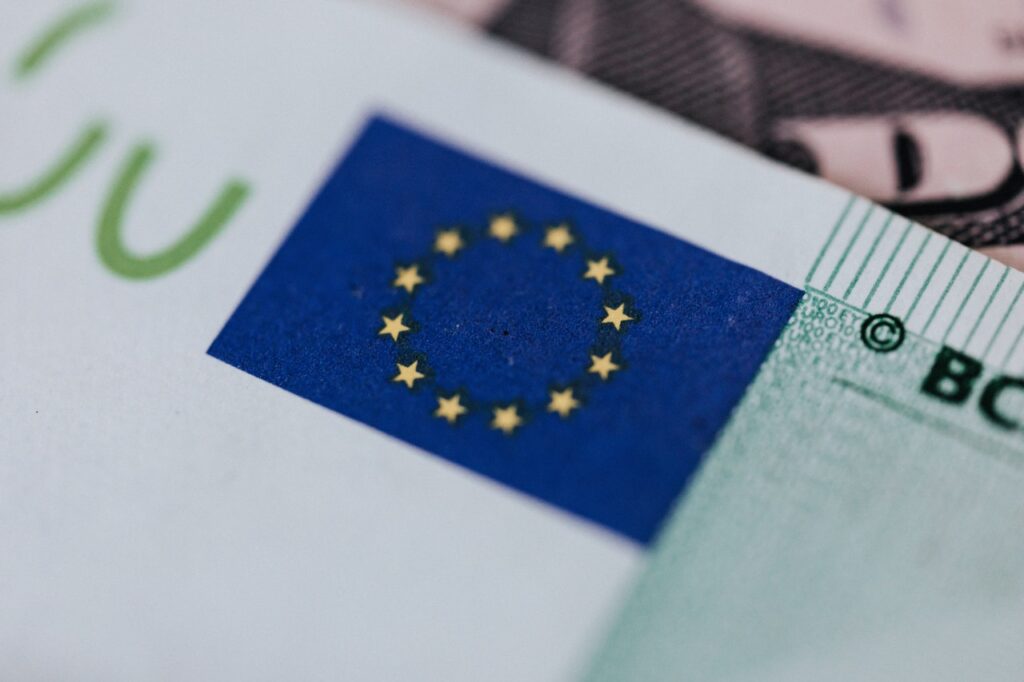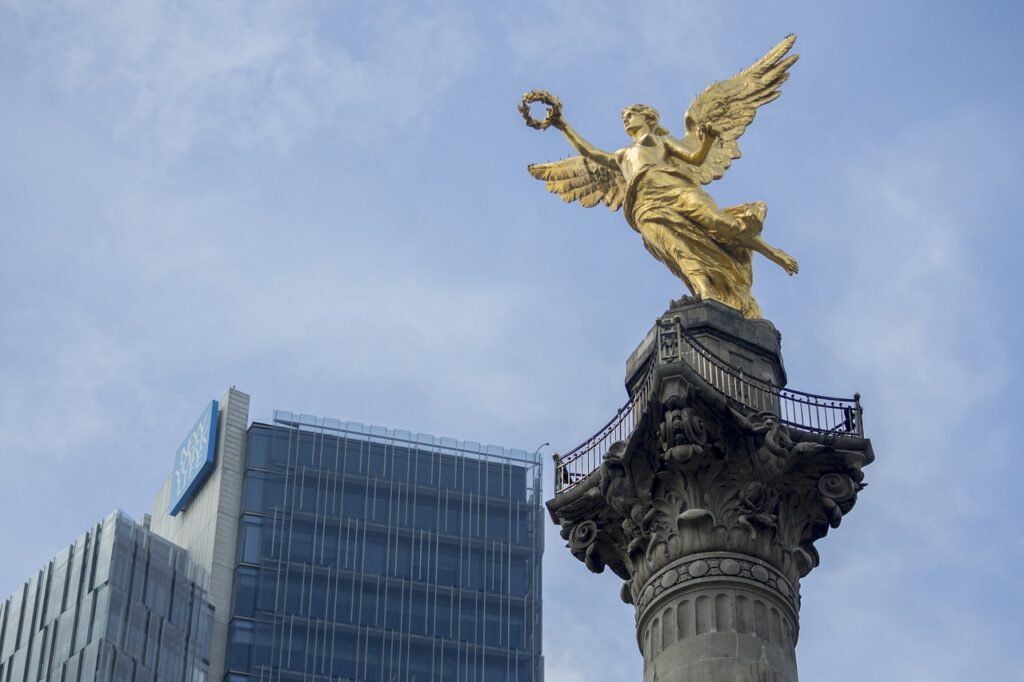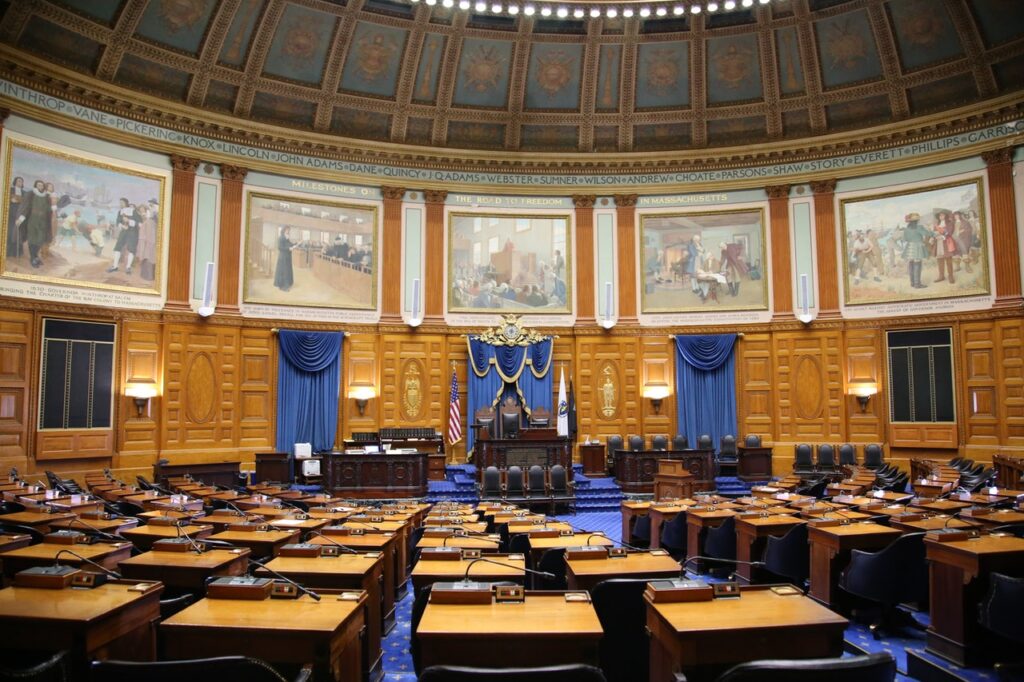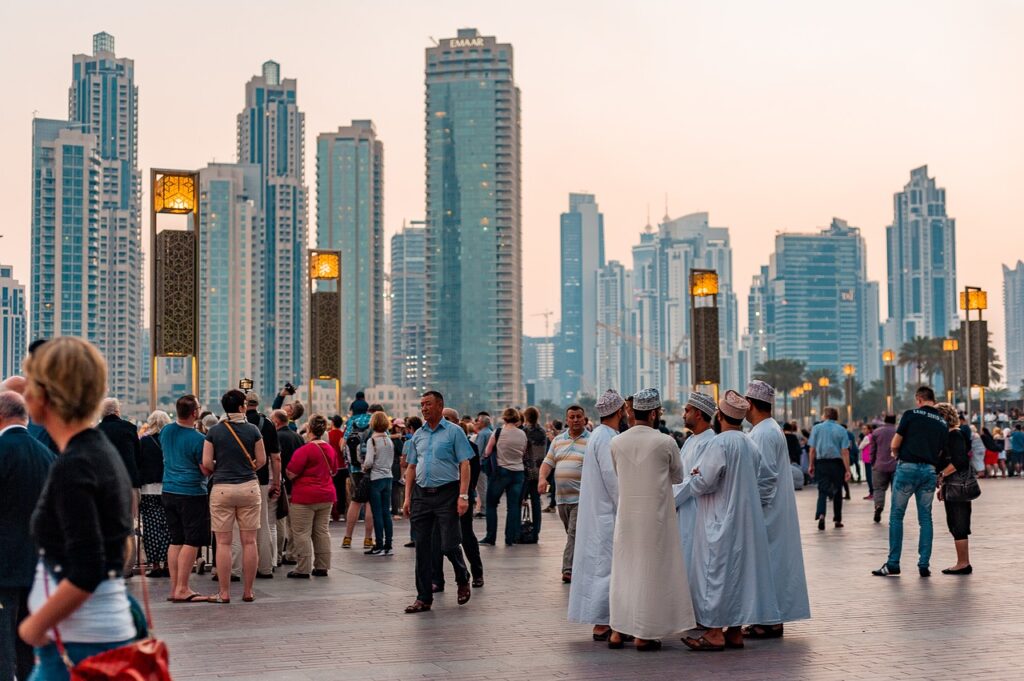Trade Agreements – The Most Important TA in the World and in Perú
According to the World Trade Organization (WTO), until September 20, 2020 there were 306 Regional Trade Agreements (RTAs) in force, which have corresponded to 496 notifications from WTO Members, counting goods, services and accessions separately.
One of the best known Regional Trade Agreements is the Free Trade Agreement (FTA). It is a common understanding that a FTA is, in short, an agreement between two countries. They will set special terms that will be fulfilled only with the other party, thus facilitating the import and export of products.
Besides the FTA, which other agreements are there and how do they differ from it?

In this article from the ZINSA blog, we seek to clarify how a Regional Trade Agreement is defined, the different types of categories they include, what are their main differences and what are the most important agreements that Peru has.
What is a Regional Trade Agreement?
A Trade Agreement is composed of a bilateral or multilateral agreement between states, which has as its main objective the increase of commercial exchange between the parties, thus benefiting them in an equitable manner.
It is centered on the premise that a country commits itself to apply less protectionist policies towards another nation, agreeing that this will be a reciprocal treatment. This will positively affect exports and imports among the players involved.
Types of Regional Trade Agreements
According to the Corporate Finance Institute (CFI), there are six types of regional agreements, of which we will consider only five, given that the Preferential Trade Areas require the lowest level of commitment
- Free Trade Area or Free Trade Agreement
- Customs Union
- Common Market
- Economic Union
- Total Union

Free Trade Area / Free Trade Agreement
The simplest form of integration, the Free Trade Area involves the total elimination or significant reduction of tariff and non-tariff restrictions on trade between the countries participating in this agreement. Players within the Free Trade Area are free to maintain trade barriers with third countries.
One of the biggest challenges in implementing a Free Trade Area is the need to remain vigilant about trade. The reason for this is to prevent goods imported from third-party countries from being traded within the integration area, thus granting them the benefits of the actual members of the agreement.
Customs Union
The Customs Union is the name given to the free trade area in which the participants accept a common foreign tax against third-party countries. This means that imports from countries that are not members of the area will be subject to a common external amount in the form of a tariff.

Common Market
A Common Market is defined as the mixture between the Customs Union and the Free Trade Area where the free circulation of factors from the countries participating in it is allowed. This includes the free circulation and exchange of goods, services and production elements between their borders, according to the CFI.
Likewise, common economic policies are established with the intention of promoting joint growth.
Economic Union
One of the highest forms of economic integration. This includes the integration of common markets between two or more countries, eliminating a large number of tariff barriers.
It is necessary to achieve the harmonization of monetary and fiscal policies of the countries involved, thus ensuring the proper functioning of this union. The member countries yield part of their competencies in these matters in exchange for being able to form part of this agreement.
The nations involved share the same type of currency, such as the Euro, for example.
Total Union
Known as Total Integration or Economic and Political Union, a Total Union implies the emergence of a supranational authority, which will be in charge of political, fiscal and monetary decisions.
In addition to coordination and unification of the national economies of the states participating in this union, there is also a common parliament and a foreign, defense and domestic policy.

Perú’s Main Trade Agreements
According to Promperu‘s executive president, Luis Torres, exports represent 21% of Peru’s GDP.
This is achieved largely because Peru is part of different types of trade agreements. According to an article made by the newspaper La República, the Ministry of Foreign Trade and Tourism (MINCETUR) confirms that Peru has the following trade agreements:

Peru’s Free Trade Agreements (FTAs)
- United States
- China
- Chile
- Canada
- Singapore
- South Korea
- Thailand
- Mexico
- Panama
- Costa Rica
- Honduras
- Australia
Andean Community / Comunidad Andina (CAN)
Currently made up of Colombia, Ecuador, Bolivia and Peru, this treaty allows the free transit of persons through any of the four member countries and the free circulation of goods.
MERCOSUR
Peru joins this treaty along Brazil, Argentina, Paraguay and Uruguay, managing to register up to 5,964 million dollars in 2018.
Pacific Alliance / Alianza del Pacífico
The block made up of Mexico, Chile, Colombia and Peru was formed in 2011. In 2019, it represented more than 770 million dollars in exports to Peru. On the import side, the amount was approximately 1.5 billion dollars.

Trade Agreement between the European Union and Peru
Followed by China and the United States, the European Union is Peru’s third most important trading partner.
It was reported in 2018 that Peru exported more than US$7.2 billion to the European Union.
European Free Trade Agreement (EFTA)
This treaty came into force in 2011. To date, it is made up of Switzerland, Liechtenstein, Norway and Iceland.
It comprises 4.5% of Peru’s total exports.
The World’s Most Important Trade Agreements
After reviewing the types of trade agreements that exist and their different levels of integration, it is also necessary to take into account which are the strongest examples of each of them.
In each category, the year in which the trade agreement adopts the level of economic integration presented and the members at the time are indicated.
Examples of the most recognized Free Trade Areas
- NAFTA, the North American Free Trade Agreement (1990).
- Canada
- U.S.A.
- Mexico
- EFTA, the European Free Trade Association (1960).
- Austria
- Denmark
- United Kingdom
- Norway
- Portugal
- Sweden
- Switzerland
- ECGLC, the Economic Community of the Great Lakes Countries (1976).
- Republic of Burundi
- The Democratic Republic of Congo
- Republic of Rwanda
- ANZCERTA,Australia New Zealand Closer Economic Agreement (1983).
- ASEAN, Association of Southeast Asian Nations (1992)
- Thailand
- Philippines
- Malaysia
- Indonesia
- Singapore
- Brunei

Examples of the most recognized Customs Unions
- EU, the European Union (1968)
- Belgium
- France
- Italy
- Luxembourg
- Netherlands
- West Germany
- ECOWAS, the Economic Community of West African States (1975)
- Benin
- Burkina Faso
- Cape Verde
- Ivory Coast
- Gambia
- Ghana
- Guinea-Bissau
- Guinea
- Liberia
- Mali
- Niger
- Nigeria
- Senegal
- Sierra Leone
- Togo
- European Union – Turkey Customs Union (1995)
Examples of the most recognized Common Markets
- EU, the European Union (1993). With 27 members at the time of its foundation, the following nations were the main promoters of this integration:
- Germany
- Belgium
- France
- Italy
- Luxembourg
- Netherlands
- MERCOSUR, the Southern Common Market (1991)
- Argentina
- Brasil
- Paraguay
- Uruguay
- The Andean Pact (1969), also known as The Andean Community
- Bolivia
- Chile
- Colombia
- Ecuador
- Perú
- GCC, the Gulf Cooperation Council (1981)
- Bahrain
- Kuwait
- Oman
- Qatar
- Saudi Arabia
- United Arab Emirates

Examples of the most recognized Economic Unions
- EU, The European Union (1999)
- Benelux (1944)
- Belgium
- Luxembourg
- Netherlands
- MRU, the Mano River Union (1973)
- Liberia
- Sierra Leone
- The Union State of Rusia and Belarus (1999)
- CIS, Commonwealth of Independent States (1991).
- Armenia
- Azerbaijan
- Belarus
- Kazakhstan
- Moldova
- Russia
- Tajikistan
- Turkmenistan
- Ukraine
- Uzbekistan
- Georgia
Examples of Total Unions
- Federations, such as the United States
- The European Union has a proposal to achieve an Economic, Monetary and Political Union, to complete its integration process.
Business with Peruvian Companies
In the face of the current global health crisis, Peru has opted for a series of policies to be able to mitigate the economic effect that the coronavirus brought with it.
Hugo Perea, the chief economist for Peru from BBVA Research, gave favorable indications for the country.
In his interview, Perea explains that the Peruvian economy received a sharp fall in the first months of 2020. However, statistics have begun to improve significantly, reaching the point that, to date, Peru is considered the country whose economy is recovering fastest compared to the entire region.
Rounding Off The Ideas
With all the information provided in our article, it is important for us to conclude that carrying out business with Peru and its companies is extremely attractive, whether in the exchange of goods and services, as well as a potential investor country that respects the rules of the game, with stable tax legislation and repatriation of dividends abroad through structured and reliable processes.

Focusing particularly on the mining sector, Peru is one of the largest producers of minerals, being the second largest producer of zinc in the world (behind China), as well as a major producer of copper, lead, cadmium, antimony, gold and silver.
At ZINSA, we have a wide portfolio of products based on nonferrous metals, where we offer zinc, copper and lead derivatives, among other variations.
We export all our products to the five continents, with no seasonal products, which allows us to reach those markets all 12 months of the year.
It is possible to request a quote with our commercial team through our web form, by clicking on the following button.
We hope that this note will be useful to you. If you have any questions or comments about our publication, we will be happy to answer them in the space provided below.
